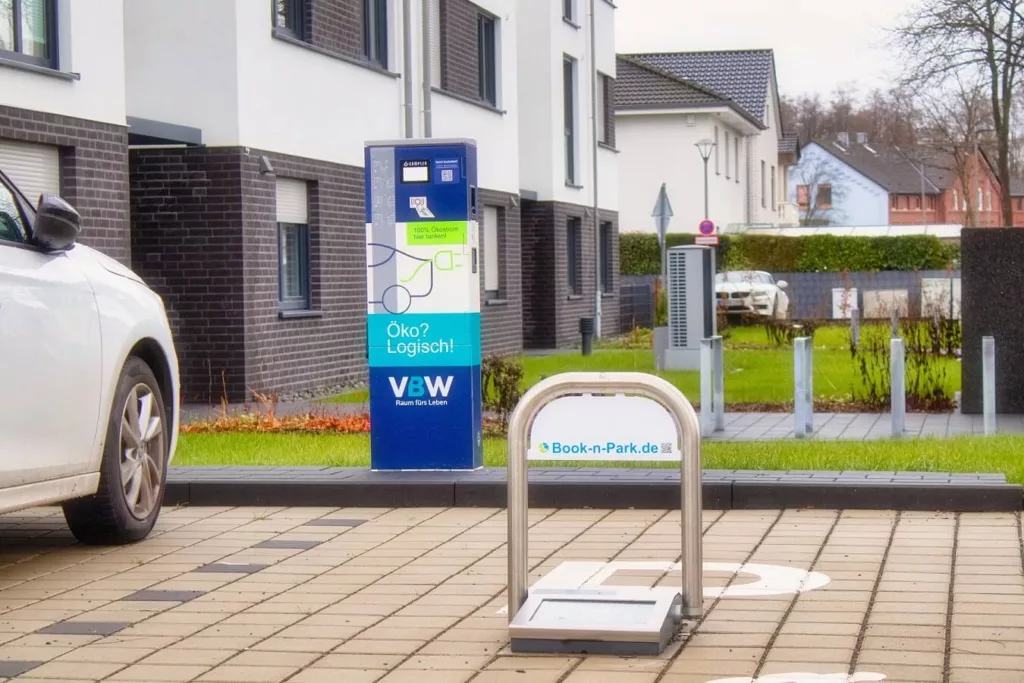Electromobility as part of the transport transition in cities and municipalities
Parking space management brings structure to the mobility transition
In times of climate change and increasing environmental pollution, cities and municipalities are faced with the challenge of promoting sustainable mobility solutions In addition to the increased use of bicycles, the expansion of electromobility and the charging infrastructure plays a central role; However, their successful integration often requires more than just providing charging options.
Despite increased efforts to establish electromobility in our cities effective use of charging infrastructure fails in many cases due to inadequate regulation and a lack of control over access. Charging points are often used by drivers as inexpensive parking spaces after charging because they are conveniently located, or there are combustion engines at the charging point. To counteract this, innovative solutions are required.
Parking bars keep charging points free
A promising solution is to regulate access to charging stations by introducing intelligent parking bars . These physical parking barriers ensure that the charging spaces can only be accessed by authorized users. But simply installing parking bars is not enough. Modern parking management tools are necessary to ensure orderly access for users.
Modern parking space management: parking bars and parking space management combined
By using smart parking management tools, cities can efficient use of charging stations . This includes, for example:
- to avoid too long occupancies,
- to optimize charging infrastructures,
- to temporarily prioritize different user groups, such as residents, guests or municipal employees.

Modern parking space and access management tools such as Book-n-Park are suitable as a sustainable solution to the challenges mentioned. Book-n-Park can be used online, meaning parking space and access can be easily managed using a smartphone or PC. This system not only serves to organize charging points and available charging times, but also enables, for example, the efficient control of access to mobility stations , be it for stationary bicycle traffic and bicycle boxes, lockers or access to service rooms. A wide range of applications can therefore be covered with a single system.
The successful integration of electromobility in urban areas and a sustainable restructuring of urban mobility requires not only the expansion of charging infrastructure and mobility stations , but also their effective use. Electromobility can only be successfully implemented if the charging infrastructure is effectively organized and protected from incorrect use. The combination of physical measures such as parking bars and modern online parking space management tools offers promising prospects for a sustainable and efficient mobility transition in our cities and municipalities .
Here you can find out more about the digital management of charging infrastructures!
